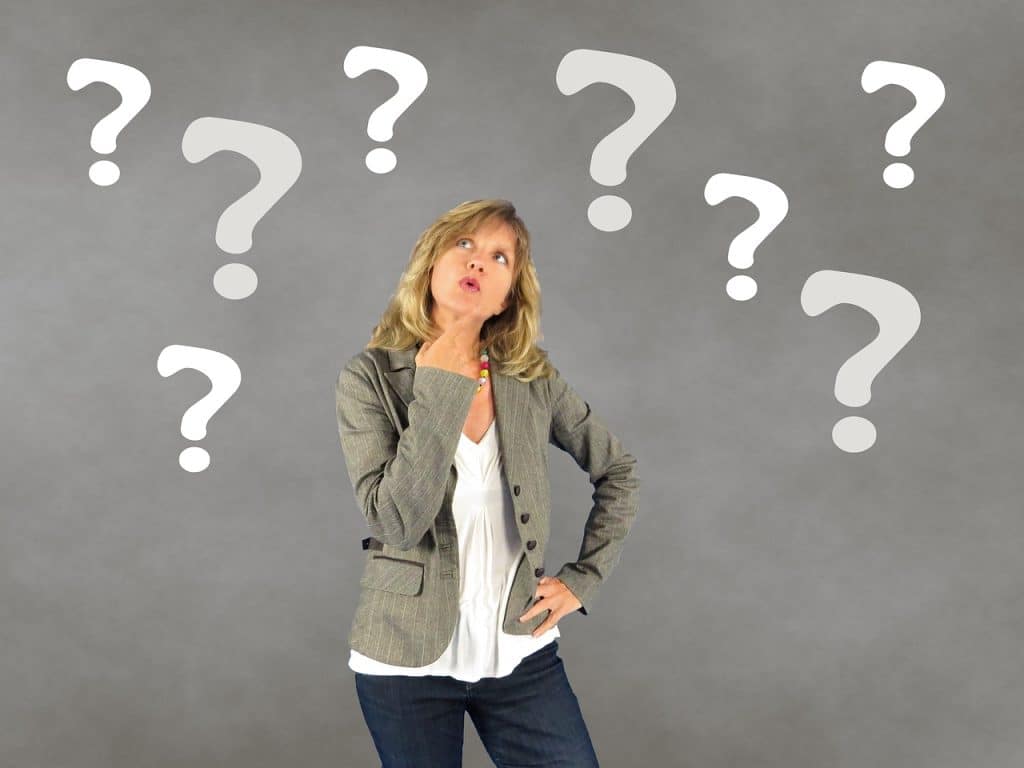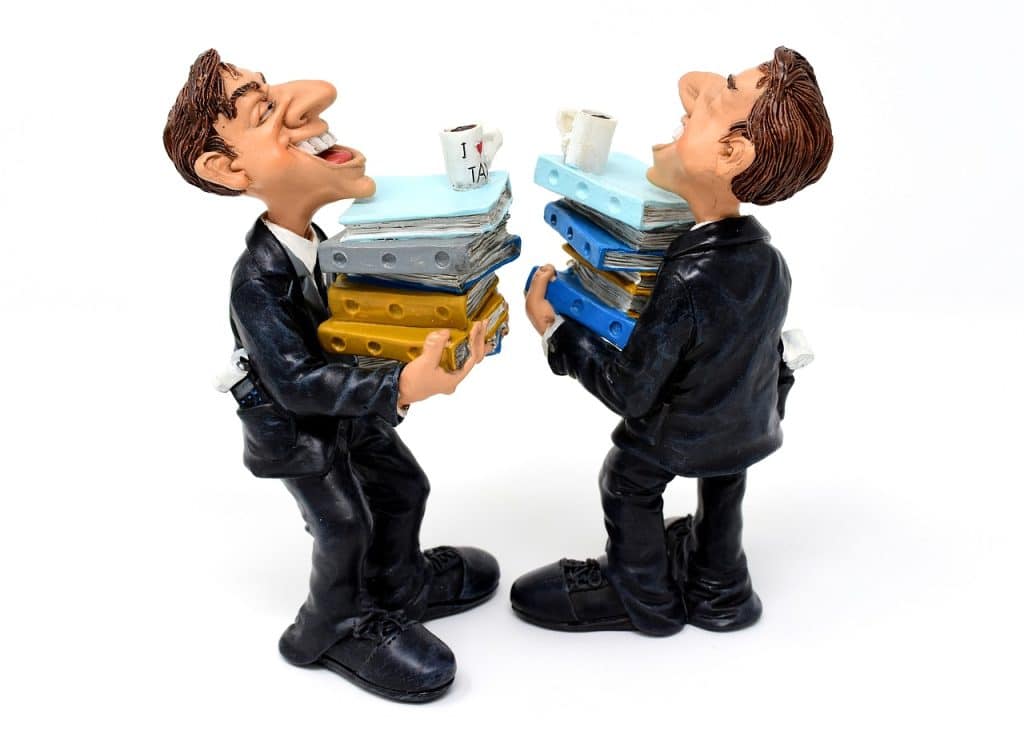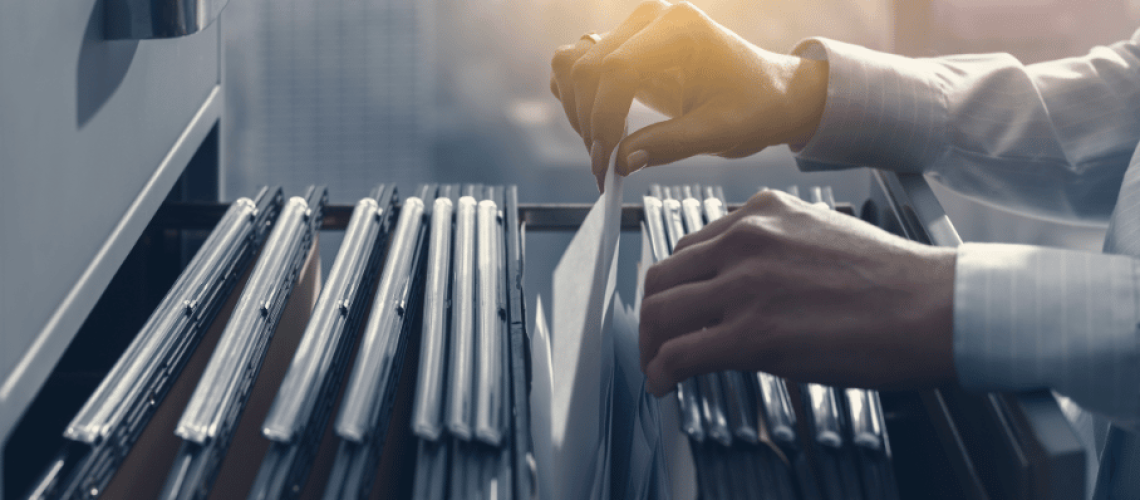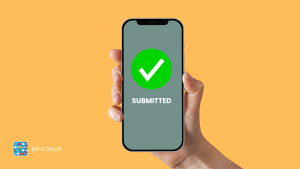Much of the regulations about what records you have to keep for MTD haven’t changed, but there are some tweaks. It is always important to remember that HMRC may check or audit your records at any time to ensure you are paying the right amount of tax … and levy a fine if you are not keeping good enough records!
What VAT Records you must keep for MTD
You must keep a record of the following:
- everything you buy and sell (including zero-rated, reduced, and VAT exempt items)
- copies of all invoices you issue
- all invoices you receive (originals or electronic copies)
- self-billing agreements (where the customer prepares the invoice)
- the name, address, and VAT number of any self-billing suppliers
- debit or credit notes
- any goods you give away or take from stock for your private use
Keep general business records such as bank statements, cash books, cheque stubs, paying-in slips, and till rolls.
Note, your VAT record should contain either a record of each individual sales invoice or a daily summary of your sales that links to another system that contains a record of each individual sales invoice.

What Records you must keep digitally for MTD?
You must keep some VAT records digitally – unless you’re exempt from following Making Tax Digital for VAT rules.
Keep digital records of the following:
- the VAT on goods and services you supply (supplies made)
- the VAT on goods and services you receive (supplies received)
- the ‘time of supply’ and ‘value of supply’ (value excluding VAT) for everything you buy and sell
- any adjustments you make to a return
- reverse charge transactions – where you record the VAT on both the sale price and the purchase price of goods and services you buy
- any VAT accounting schemes you use
- your total daily gross takings if you use a retail scheme
- items you can reclaim VAT on if you use the flat Rate Scheme
- your total sales, and the VAT on those sales, if you trade in gold and use the Gold Accounting Scheme
Keep digital copies of documents that cover multiple transactions made on behalf of your business by:
- volunteers for charity fundraising
- a third-party business
- employees for expenses in petty cash

How to keep digital records
Use MTD-compatible accounting software that connects to HM Revenue and Customs (HMRC) systems.
If you use more than one software package to keep records and submit returns, you need to link them.
This lets you submit your business’s VAT return online.
You do not need to scan paper invoices or receipts.
When you’re exempt from keeping digital records MTD
You must follow the rules for ‘Making Tax Digital for VAT’ by keeping some records digitally, unless:
- your business uses the VAT GIANT service, for example, if you’re a government department or an NHS Trust
- you’re eligible for an exemption
How long you must keep records
Begin keeping records when you register for VAT. You must keep VAT records for at least 6 years (or 10 years if you are using the VAT One Stope Shop (OSS) scheme or used the VAT Mini One Stop Shop Scheme (MOSS).
VAT invoices
Only VAT-registered businesses can issue VAT invoices. If you’re VAT-registered, you must:
- issue and keep valid invoices
- keep copies of all the sales invoices you issue even if you cancel them or produce one by mistake
- keep all purchase invoices for items you buy
You cannot reclaim VAT using an invalid invoice, a Pro-forma invoice, a statement, or a delivery note.
If a supplier issues you an incorrect invoice
If a supplier issues you an invoice where the amount to pay is wrong, you need to ask the supplier to correct it and issue a new invoice.
If you pay less than the amount due on an invoice, you can only reclaim the VAT on the amount paid – not what is on the invoice.
You cannot claim more VAT than is shown on a valid VAT invoice.

VAT account
You must keep a separate record of the VAT you charge and the VAT you pay on your purchases. This record is called a ‘VAT account’.
You use the figures in your VAT account to complete your VAT return.
There are not any rules on what a VAT account should look like, but it must show:
- your total VAT sales
- your total VAT purchases
- the VAT you owe HM Revenue and Customs (HMRC)
- the VAT you can reclaim from HMRC
- if your business uses the VAT Flat Rate Scheme, the flat rate percentage and turnover it applies to
If you are a Northern Ireland business registered for VAT, you must also show the VAT on any EU purchases or sales.
Returns and exchanges
When you return goods to a supplier or a customer returns goods to you, settle the balance of payment by issuing either a:
- replacement invoice
- credit or debit note
Record these in your accounts and keep any original notes.
If you exchange the goods for goods of the same value you do not need to issue a new VAT invoice.
Your credit or debit note must include the:
- same information as the VAT invoice
- the reason why it was issued
- total amount credited, excluding VAT
- number and date of the original VAT invoice







